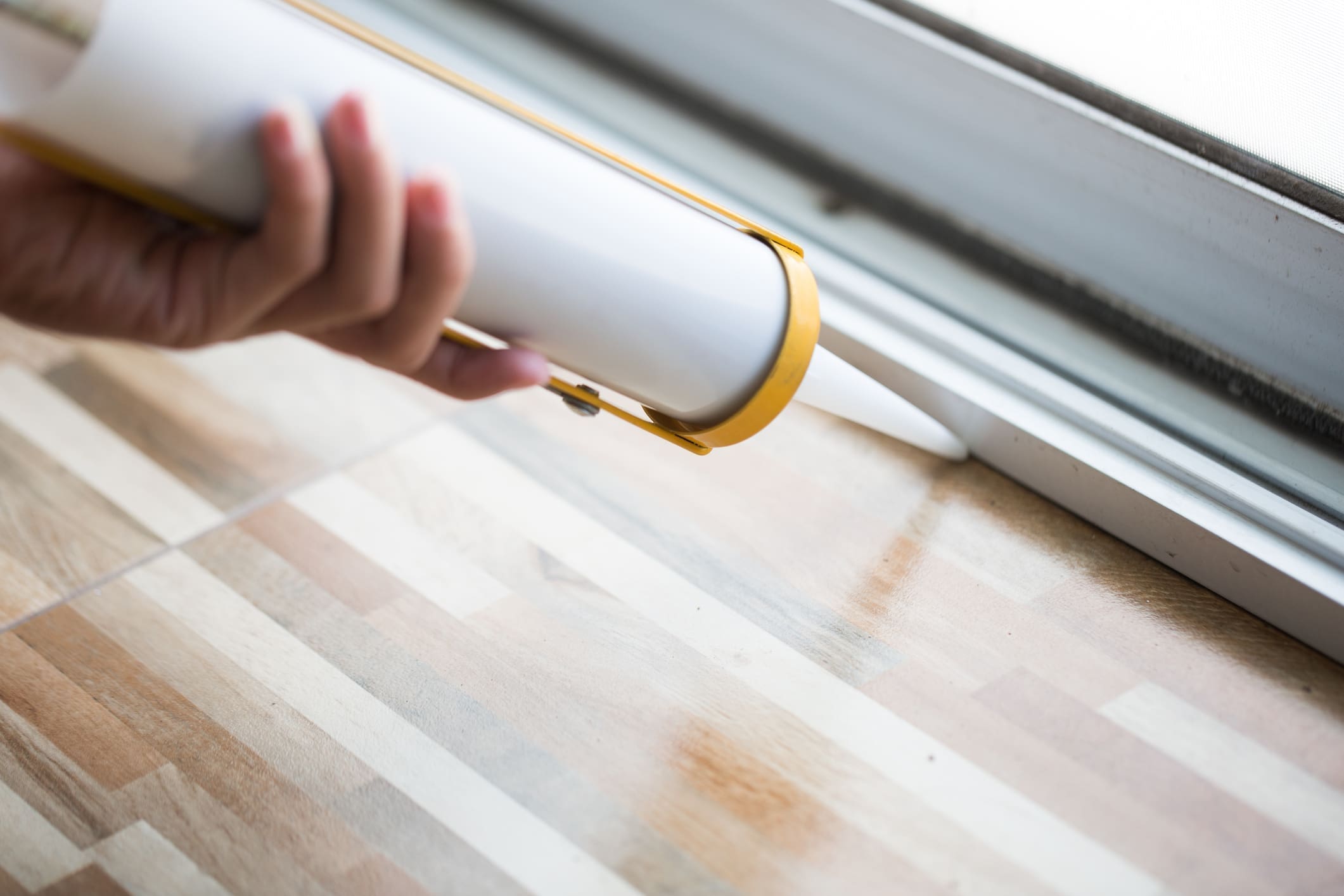How to repair window seals

Before the autumn chill arrives, keep the draft out by following our tips to repair window seals in your home. This will not only help keep your house cozy through the winter months; it could also help reduce your home heating bills.
Common window seal issues
If you feel a draft or see moisture around your window sill, the best place to start is to determine if it’s one of two common window seal issues: a problem with your caulking or a problem with your weather-stripping. Here’s how to recognize—and tackle—both issues.
Caulking
One of the most common culprits of drafty windows is the loosening or deterioration of the rubbery waterproof sealant used to insulate spaces around your window panes, called caulking.
Caulking is usually applied along the lines where the window sash, sill and frame meet the exterior and interior walls of the home.
Inspect
Check to see if you can feel a slight draft or see any holes where moisture or air is coming through the places where caulk lines your window. If the caulk has peeled or crumbled away, that may mean it’s time for a fresh layer. A cool way to test if there is outdoor air coming through your window is to light a stick of incense, place it on the sill, and see whether the smoke drifts noticeably into the room from that direction.
Repair
Remove existing caulk carefully using your hands, a putty knife, or a screwdriver. Sometimes, the caulk might be hardened, in which case you can apply a remover gel to soften it.
Next, apply new sealant using a caulking gun. Be sure to follow the instructions on the tube for best results. You can do this on either the interior or exterior of the window seal—just be sure you select a product that is suitable for both indoor and outdoor use.
Weather-stripping
Weather-stripping works the same way as caulk but provides a seal against the elements in places that need to move (i.e. so you don’t glue the window shut). It can come in many formats, including vinyl seals or rubberized tape, and can be applied inside the track of a sliding window or at the top or bottom of the window sash.
Inspect
Weather stripping may have aged or cracked over time, so check it to see if any plastic or felt strips have come loose or started to fall away from your windows’ borders. If this is the case, it may be time to remove them and install a replacement product.
Repair
Each weather-stripping product will have its own installation method, but many have easy, self-stick features or simple step-by-step instructions. Conduct some research, or work with an expert at your local hardware store, to determine what style of weather-proofing will work for your windows, and how intensive the installation process is. If it seems like too big a project, consider hiring an expert to help you put it in.
Signs of a bigger problem
If you’ve given your windows a thorough inspection and there seems to be no issue with the sealant or the weather-stripping, there may be a greater problem to solve: perhaps with the window frame itself, the insulation, or the siding of the home. Give a renovation company a call and let them help you determine how the best way to keep the cold weather where it belongs—on the outside.
You’ve learned about the best ways to repair window seals, so why not keep the momentum going? Visit our blog for more tips on making easy repairs around the home.
